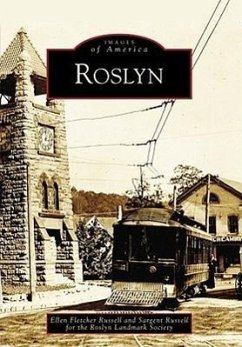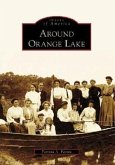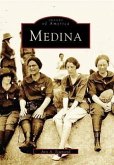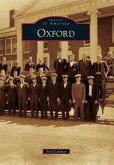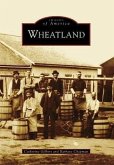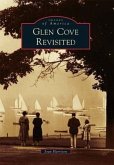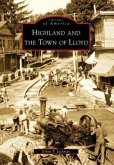In the 1840s, the first wave of city people came to Roslyn, attracted by the town's picturesque scenery. Later in the 19th century, the Long Island Rail Road made the area appealing to the very wealthy, who turned the rolling north shore of Long Island into the Gold Coast. The great estates employed local residents, and their owners gave the village handsome buildings that survive today. Neighboring villages Roslyn Heights, Roslyn Estates, and East Hills all include land from former farms and estates. By 1960, Long Island's postwar building boom seemed set to obliterate Roslyn's character. In response, residents were galvanized to preserve and beautify the old village, and today's Roslyn is one of the most attractive and historic places on Long Island.
Hinweis: Dieser Artikel kann nur an eine deutsche Lieferadresse ausgeliefert werden.
Hinweis: Dieser Artikel kann nur an eine deutsche Lieferadresse ausgeliefert werden.

